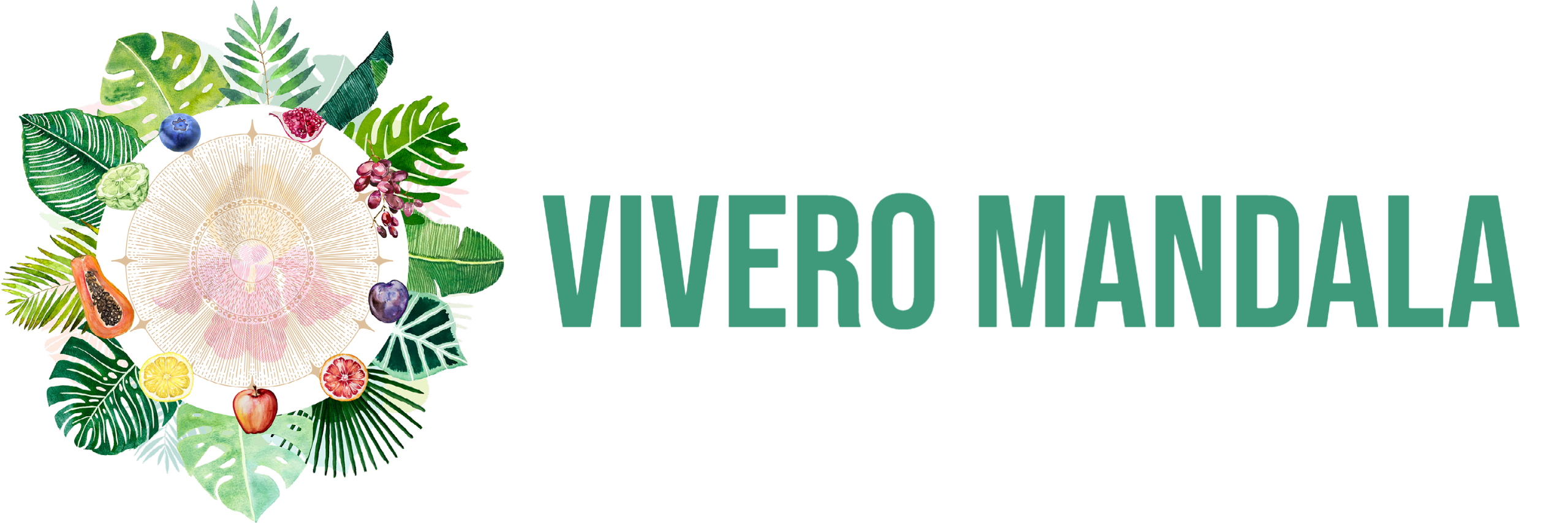Description
Appearance and Origin
Heliconia rostrata, also known as “Lobster Claw” or “Parrot’s Beak,” is a striking tropical plant known for its conspicuous, exotic inflorescences. Originally hailing from the tropical rainforests of Central and South America, particularly countries like Costa Rica, Panama, and Colombia, this plant belongs to the Heliconiaceae family and is a popular ornamental plant in tropical gardens and landscapes worldwide.
Growth & Blooming Period
Heliconia rostrata grows as a perennial herb, forming large clumps with long, narrow leaves. However, the most striking features of this plant are its vibrant inflorescences, resembling the claws of lobsters, often held in bright colors such as orange, red, and yellow. The blooming period typically extends over the warm months of the year, with the inflorescences appearing over an extended period, enriching the plant with their beauty.
Cultivation and Care
For successful cultivation of Heliconia rostrata, a warm, humid location with abundant sunlight is required. The plant prefers well-draining soil and cannot tolerate prolonged periods of drought. Regular watering and occasional fertilization with a balanced fertilizer promote healthy growth and abundant flowering. Heliconia rostrata can also be cultivated in larger containers as long as it provides enough space for its root system.
Pollination
The flowers of Heliconia rostrata are primarily pollinated by hummingbirds, attracted by the abundant nectar reserves. These birds play a crucial role in pollinating the plant by transferring pollen from one flower to another. Additionally, other insects such as bees and butterflies can also contribute to pollination by collecting the nectar from the flowers. Pollination is crucial for the reproduction of Heliconia rostrata and the formation of new seeds.



